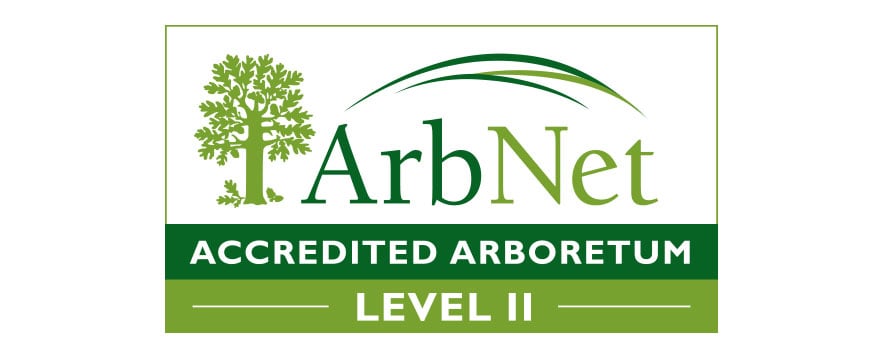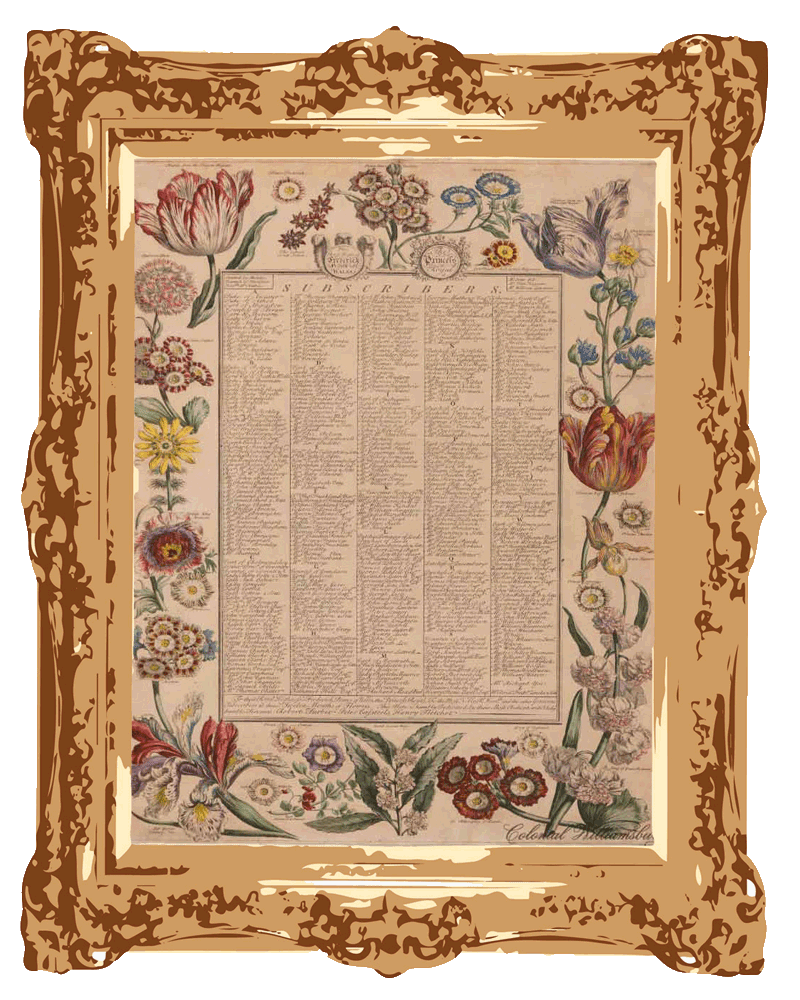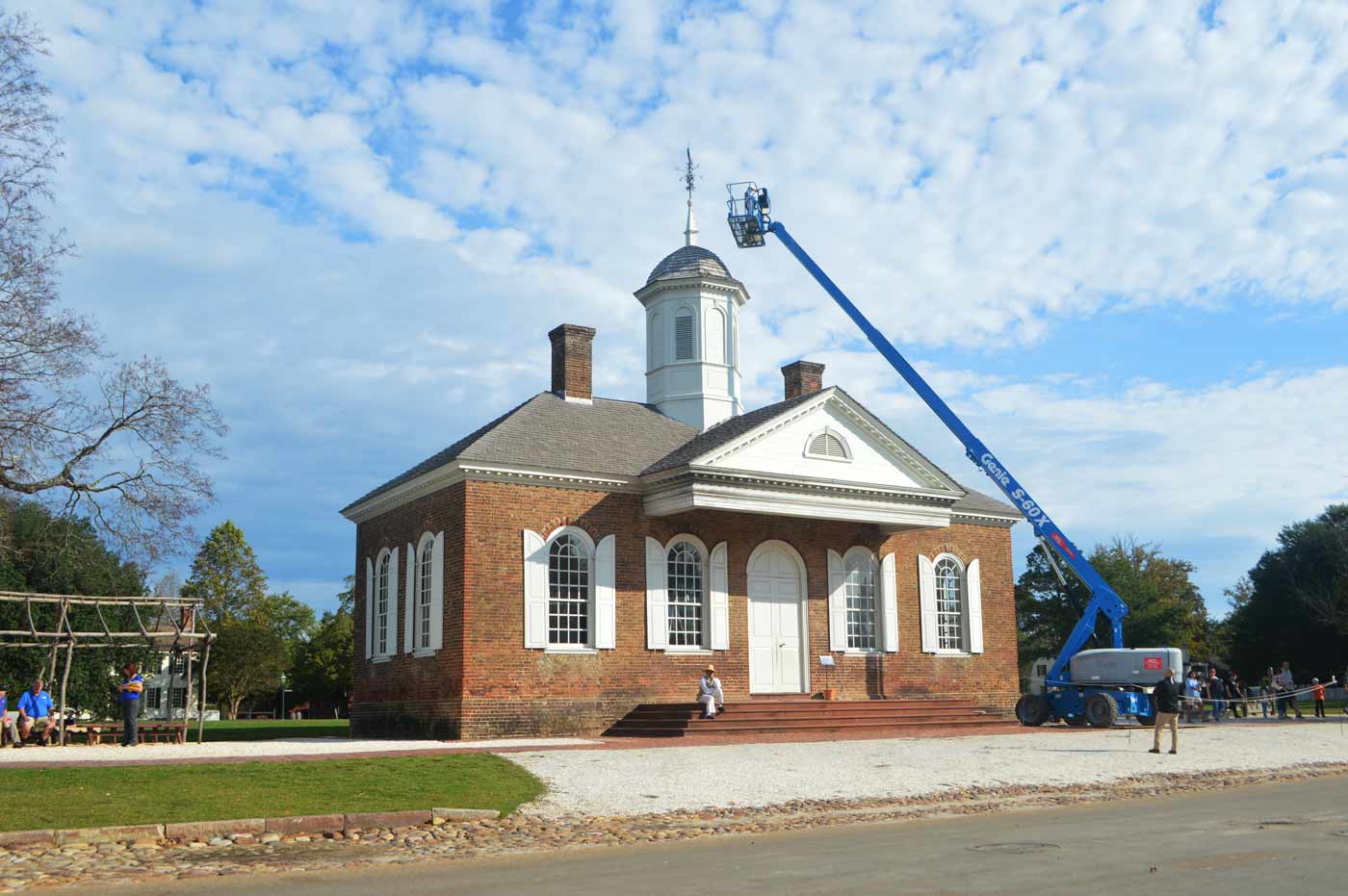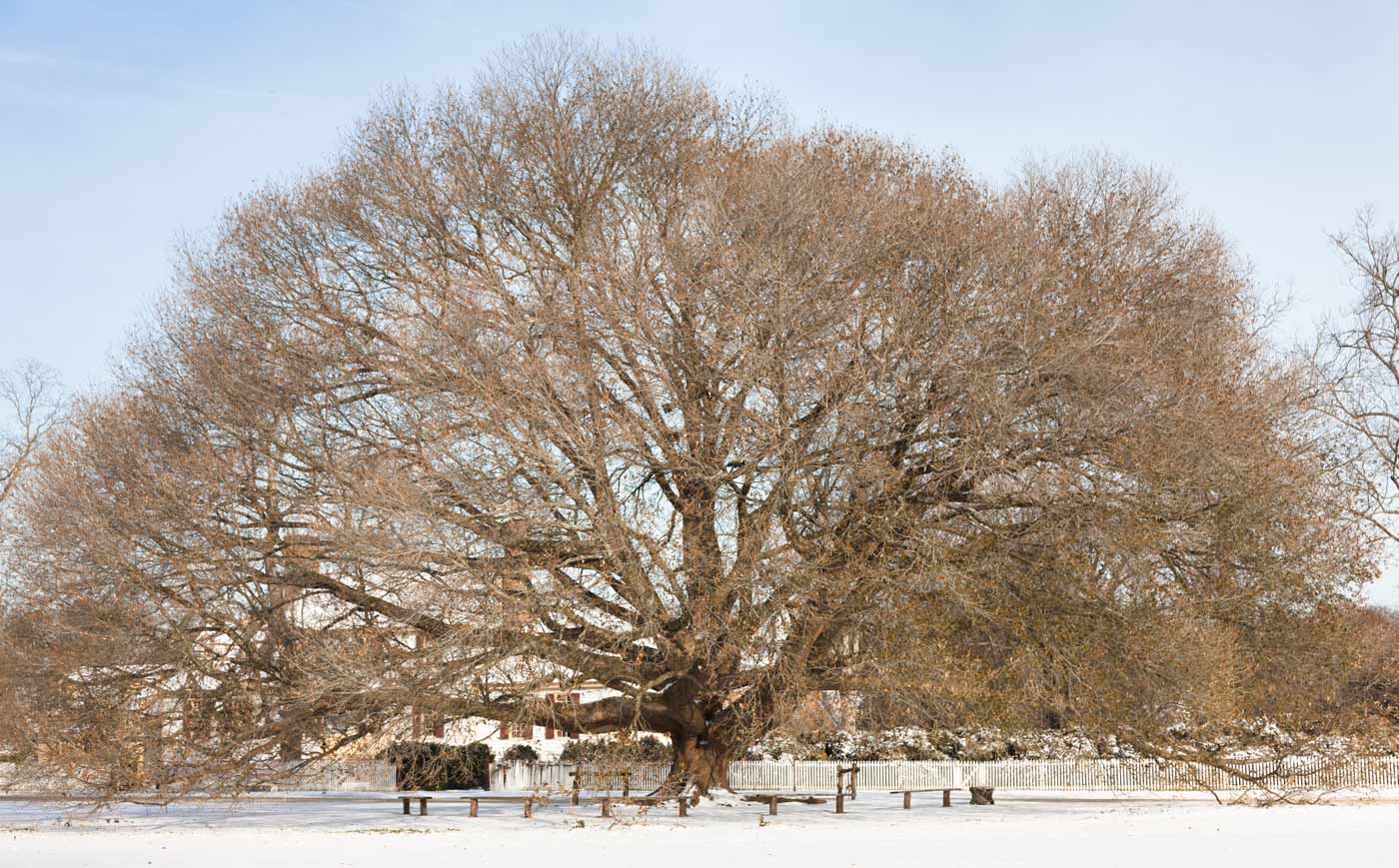
Compton Oak (Quercus X Comptoniae)
The Compton oak is a natural hybrid between the live oak (Quercus virginiana) and overcup oak (Quercus lyrata). The specimen on the Court House Green is a state champion big tree, measuring over 70 feet tall and 97 feet wide, with a trunk circumference of 14 feet.
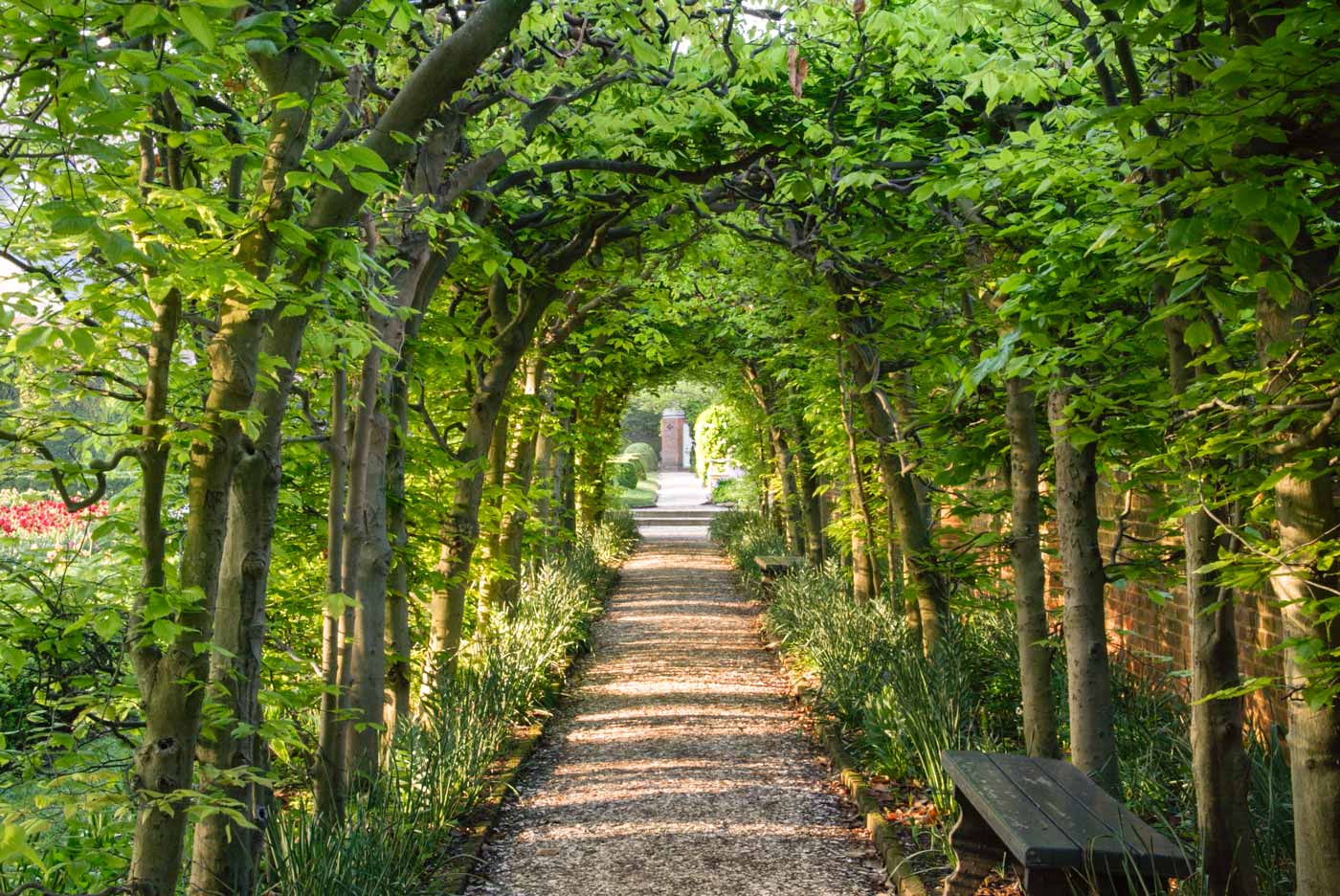
American Beech (Fagus Grandifolia)
The long arbors on both sides of the Governor’s Palace north garden are made of the American beech. A long-lived native tree, the American beech provides shelter and food for many mammals and birds. Passenger pigeons, before their extinction, were among those species that ate the brown 3-angled nut.
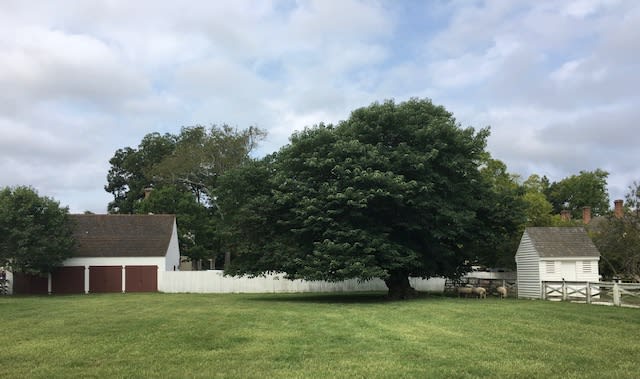
Paper Mulberry (Broussonetia Papyrifera)
The paper mulberry, native to the Far East, was introduced into North America in the 1780’s. Thomas Jefferson noted “They are charming near a porch for densely shading it.” Native to the Orient, the inner bark was harvested in Japan to make paper lanterns and umbrellas.
